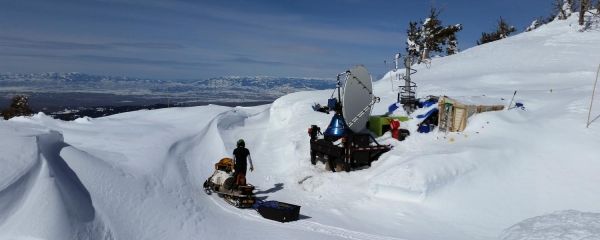Led by CU Boulder atmospheric scientist Katja Friedrich and her colleagues, the research began on a chilly day in January 2017. That’s when the team watched as a flurry settled over a patch of land in western Idaho.
The gentle snow wasn’t a natural occurrence. It had been triggered through cloud seeding, a technique in which tiny particles are mixed into the atmosphere to try to generate more precipitation than might normally fall.
The approach has become increasingly popular in states like Idaho and Colorado that are grappling with how to quench their growing demands for water. It’s also notoriously difficult to measure.
But for three days early this year in Idaho’s Payette Basin, that’s just what Friedrich’s team did, monitoring three attempts at cloud seeding from start to finish. Collaborators on the project included researchers from the National Center for Atmospheric Research in Boulder, University of Wyoming and University of Illinois at Urbana-Champaign.
“We tracked the seeding plume from the time we put it into the cloud until it generated snow that actually fell onto the ground,” said Friedrich, an associate professor in the Department of Atmospheric and Oceanic Sciences.
Continue reading at University of Colorado Boulder
Image via University of Colorado Boulder


